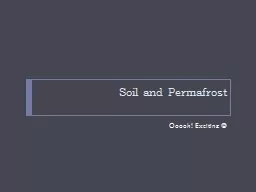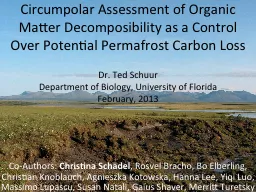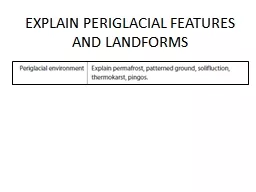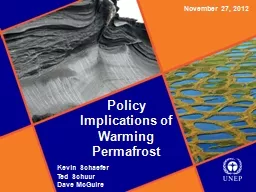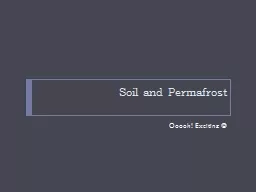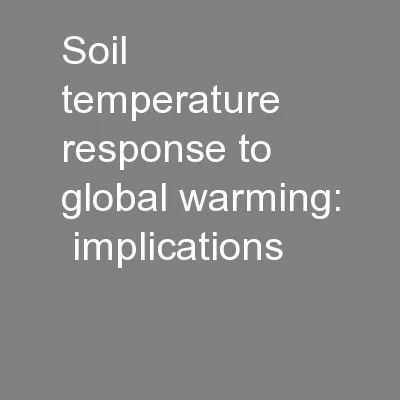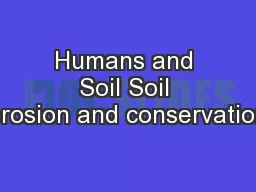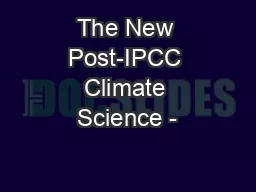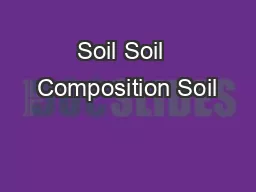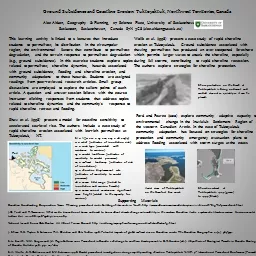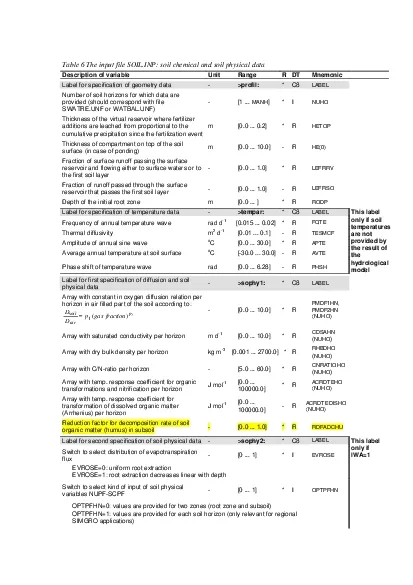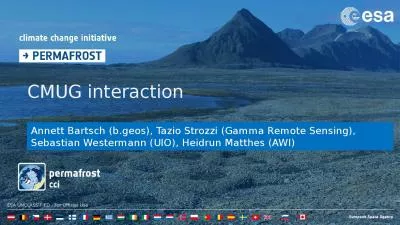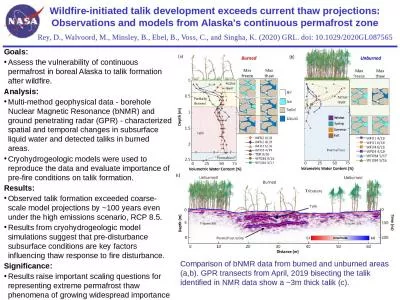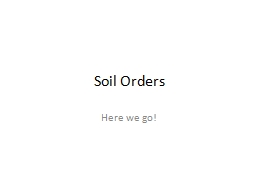PPT-Soil and Permafrost
Author : kittie-lecroy | Published Date : 2017-10-24
Ooooh Exciting Soil Soil is from parent rock It takes 200 years to form a layer of soil 1cm thick Soil forms distinct layers over time Layers can be distinguished
Presentation Embed Code
Download Presentation
Download Presentation The PPT/PDF document "Soil and Permafrost" is the property of its rightful owner. Permission is granted to download and print the materials on this website for personal, non-commercial use only, and to display it on your personal computer provided you do not modify the materials and that you retain all copyright notices contained in the materials. By downloading content from our website, you accept the terms of this agreement.
Soil and Permafrost: Transcript
Download Rules Of Document
"Soil and Permafrost"The content belongs to its owner. You may download and print it for personal use, without modification, and keep all copyright notices. By downloading, you agree to these terms.
Related Documents

